The general consensus is that music leads they way in adapting to radical changes in how entertainment is consumed. If this is true, and the music industry does provide an example of where we’re headed, will animation be able to adapt, or even survive?
It really is hard to believe that Napster came about 17 years ago. What seems like aeons in terms of that company is more like a yawn for one like Disney. The former company though, brought about downright monumental changes to the way music was distributed and consumed. Before Napster, people paid upwards of $20 for a CD with perhaps only one good song on it. Napster promulgated other services and ultimately brought us Spotify. For just $10 a month, you can access more music than you ever could have before; all unlimited, and all nice and legal to boot.

Music industry lawyer, commentator, and tastemaker Bob Lefsetz constantly points out that Spotify heralds the future in media consumption in all its forms. His latest letter discusses the concept of the ‘instant release’ and how necessary it is in the music business these days. If you don’t know what that is, it’s when an artist like Beyonce suddenly drops an album nobody even knew she was working on.
In arguing why such releases are so important today, Lefsetz points out that in a landscape where attention is everything and everyone is shouting, artists need something that makes them stand out from the crowd and command attention for even one brief, shining moment. For musicians, bands, and singers, this can make or break their entire year, and the vast majority have no choice. The smart ones release new material constantly, or like Kanye West, exploit ways to keep their name in the public’s eye for fun and profit.
Near the end of Lefsetz’s article, he mentions an instant release for a movie. He’s unlikely to get one soon, but his point makes for something interesting to consider in the context of animation.
Animated films have long production cycles, and seemingly just as long marketing cycles. Certain Disney films are not even in cinemas before images and trailers are released for the next one. It’s an endless hype cycle designed to keep awareness of the studio alive.
It’s a faltering process though. Albums used to be a three-year, multi-million dollar process combined with a large marketing and hype campaign to ultimately sell CDs and concert tickets. Such a process is now obsolete when it comes to music and while it seemingly survives for motion picture entertainment like animation, it won’t necessarily work for much longer.
Consumers are becoming even more accustomed to instant access. If they see it, they want it. Animated films ought to be no different, right? Disney, Pixar, et al are apt to proclaim how good they are making films yet they don’t seem to want to take the risk of suddenly releasing one without advance warning.
Imagine the frenzy if Pixar announced a new film that was being released today at noon? Plenty of people would suddenly discover a reason to go to the cinema this evening wouldn’t they? You’d be on of them; as would I. Yet studios like Pixar prefer to actively promote films years in advance to the point where they are familiar, expected events. Most people who pay to see animated films are also (regrettably) only looking for anything animated; never mind whether it’s hyped up or not.
We’re beginning to see this model in TV as series’ are announced and released quite close together. Netflix markets House of Cards only a month before it arrives and other original series are released first before media outlets and viewers pick up on the buzz and spread the word of mouth. This results in anyone wishing to check it out doesn’t have to wait; the series is already available.
Is this a potential stumbling block for animation going forward? I believe so. If live-action can be produced for less time and less money, more content can be released more often. Animation is less flexible and has to compete with live-action for viewers so it is handicapped; but only to an extent. Next Media Animation, the studio that puts out the ‘crazy Taiwanese’ retelling of news stories, has production schedules that are measured in hours and can keep pace with traditional news outlets with a bit of help from motion-capture.
Feature animation wouldn’t need to be quite that extreme, but when a major studio like DreamWorks struggled to put out three films a year, there’s a need to be concerned. Could a major studio (or any studio for the matter) profitably put out one animated feature a month? If the music industry is anything to go by, there’s a true possibility that one day, they might, and not out of choice.
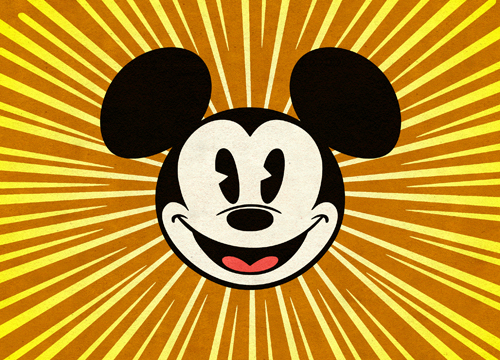

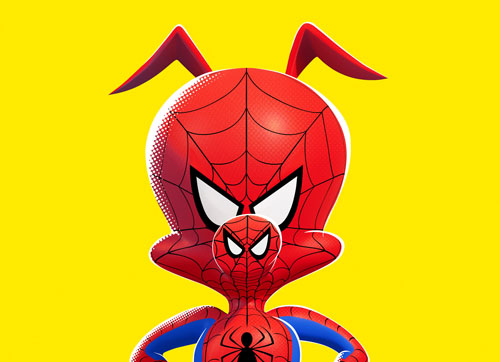

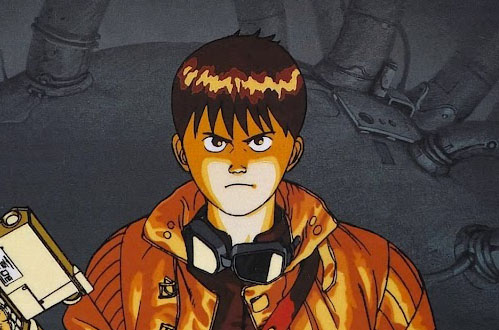




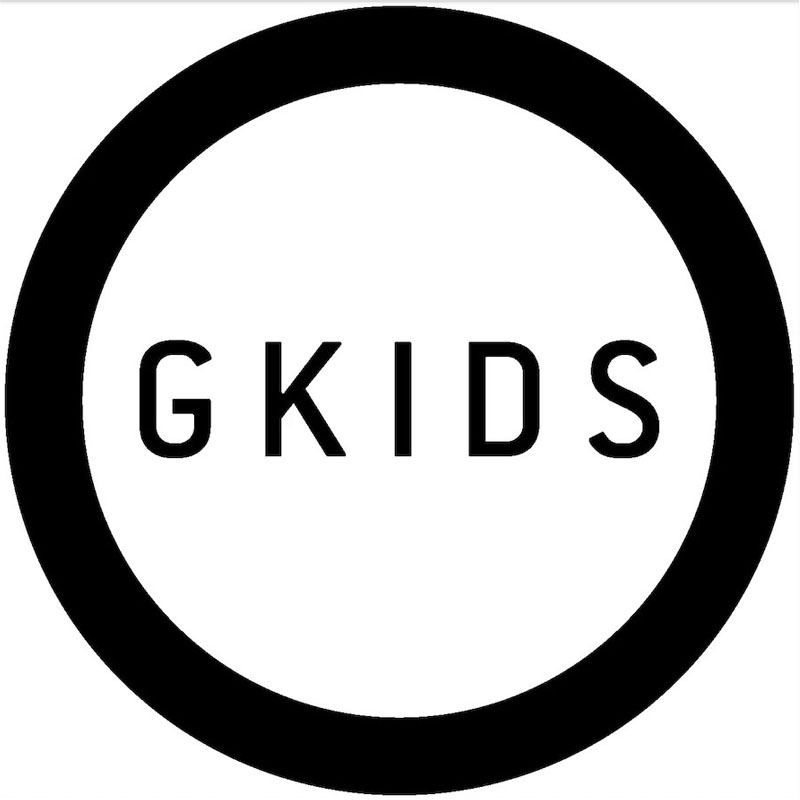







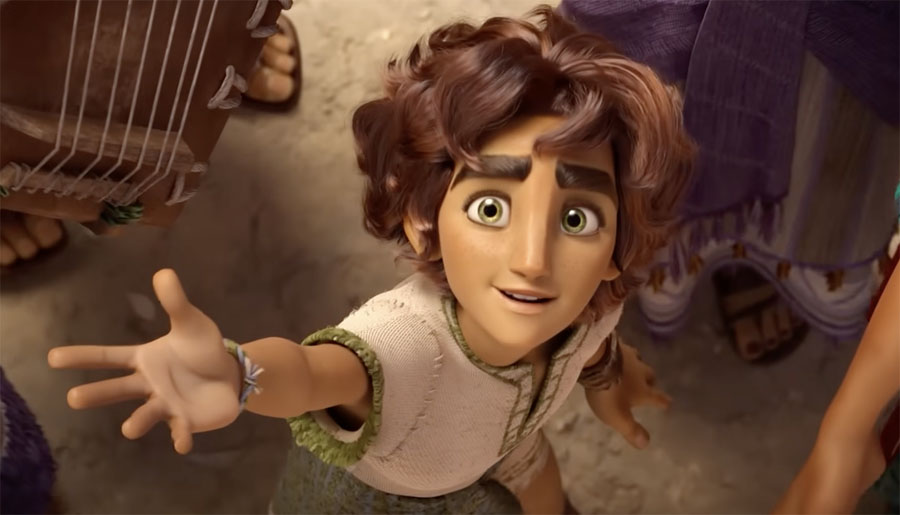




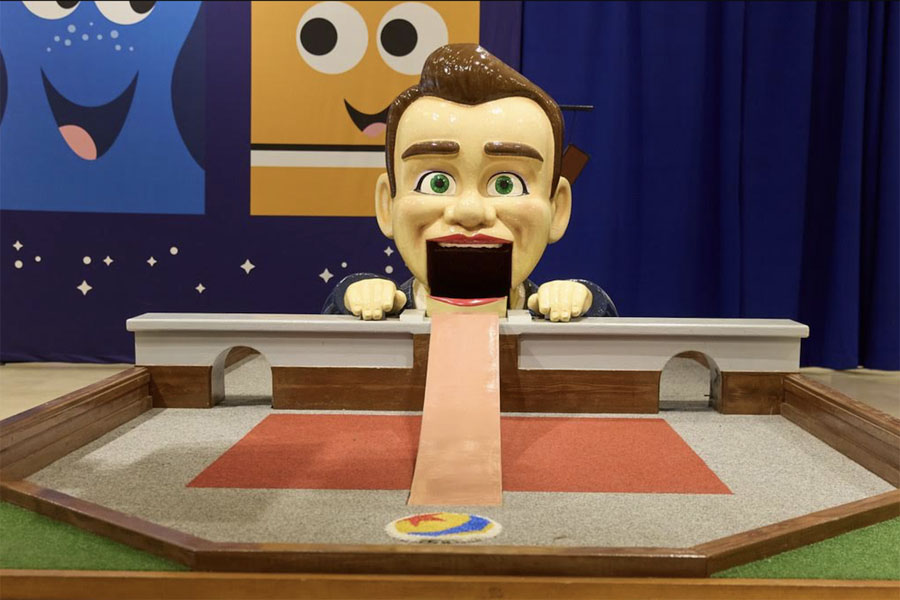






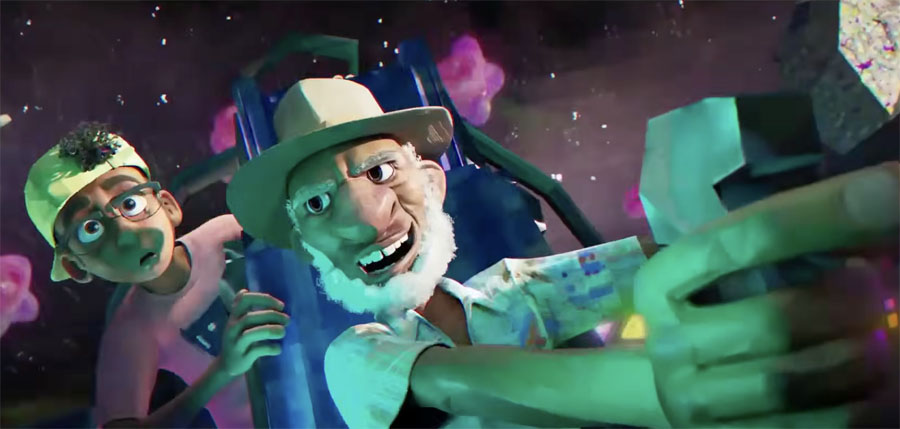

0 Responses
I think this is more true for TV shows then movies, but I wish that wasn’t the case. I think it is a mistake for Netflix to release their entire season out all at once. They do it so you can binge through the series all at once or in pieces. It makes the experience short lived and wanting more afterward. It is the wanting more afterward that makes it profitable for them but the wait for the next season takes time especially for animation. To make up for this they have to introduce more and more original content which is no easy task either. That is why they rely on nostalgia so much because if they didn’t it would get people interested in it. Stranger Things is successful because it is really reliant on mimicking 80’s films and why else get Adam Sandler and Peewee Herman to make original movies for them if they did not have nostalgic backgrounds even if they are washed out today. The are even redoing the Series of Unfortunate Events into a series when the old movie did not turn out so well. They are doing well so far but their main force for good animation comes from DreamWorks which is being acquired by Comcast who might want to bring their strong TV shows to their networks which is not good news for Netflix unless they merge with Comcast (which I doubt). It is all up in the air for now. I personally don’t mind waiting for TV shows with each episode a week apart. It makes me excited for the show for a longer period of time and keeps it in mind for longer.